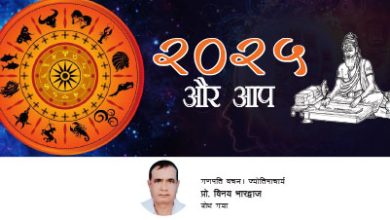PATTADAKAL: A HARMONIOUS BLEND OF NORTH AND SOUTH INDIAN ARCHITECTURES

The UNESCO World Heritage site at Pattadakal, Karnataka was built by Chalukya Rulers during 7th-8th century. The history of Pattadakal dates back to when it was known as Kisuvolal, meaning “valley of red soil.” The site gained historical significance when it was mentioned by Ptolemy in his “Geography” in the 2nd century CE. Today, Pattadakal is situated in the Bagalkot district of Karnataka, India. The Chalukyas of Badami, also known as the Early Chalukyas, who ruled from 543 to 753 CE, established a significant temple complex here. Located on the left bank of the Malaprabha river it flows north to join the river Krishna. This complex was primarily used for royal ceremonies, including coronations. It was designated a World Heritage Site by UNESCO in 1987, which described Pattadakal as a “harmonious blend of architectural forms from northern and southern India” and highlighted its status as an epitome of “eclectic art.”
The site includes ten major temples, with nine Hindu and one Jain, in addition to numerous smaller shrines and plinths. One of the most prominent structures at Pattadakal is the Virupaksha Temple, dedicated to Lord Shiva. This temple, built by Queen Lokamahadevi to commemorate her husband’s victory over the Pallavas, showcases intricate carvings depicting scenes from the Ramayana, Mahabharata, and Puranas. The sanctum sanctorum houses a magnificent linga, symbolizing Lord Shiva, while the outer walls are adorned with elaborate sculptures of deities, celestial beings, and mythical creatures.
Adjacent to the Virupaksha Temple stands the Mallikarjuna Temple, another masterpiece that exemplifies the architectural finesse of the Chalukyan era. Dedicated to Lord Shiva as well, this temple is distinguished by its majestic superstructure, richly carved pillars, and a sanctum adorned with sculpted panels narrating stories from Hindu mythology. The intricate details and symmetry in design reflect the craftsmanship and spiritual devotion of the artisans of that era.
Architecturally, the monuments at Pattadakal showcase a synthesis of two major Indian styles-the northern Indian Rekha-Nagara-Prasada and the southern Indian Dravida-Vimana. Of the temples, four are constructed in the Chalukya Dravida style and four in the Nagara style of Northern India. The Papanatha temple represents a fusion of these two styles. All nine Hindu temples are dedicated to Shiva and are strategically positioned along the banks of the Malaprabha River. Among them, the Sangameshwara Temple is the oldest, built during the reign of Vijayaditya Satyashraya between 697 and 733 CE. The largest temple at the site, the Virupaksha Temple, was built between 740 and 745 CE.
The last temple constructed in this group is the Jain temple, locally known as the Jain Narayana temple, likely built in the 9th century during the reign of Krishna II of the Rashtrakutas. Its architectural style mirrors that of the Kailasanatha temple in Kanchipuram.
The structures within this complex were primarily crafted from the abundant local sandstone, with some sculptures made from polished black granite. This rich architectural ensemble not only reflects the skill of the Chalukyan builders but also serves as a testament to the cultural and historical importance of Pattadakal in ancient India.
Pattadakal literally means ‘coronation stone’ and bears testimony to the later phase of evolution of the distinctive Early Chalukyan architecture.
The temples at Pattadakal are symbolic of the Chalukya inclination towards integration, and experimentation, resulting in a merging of the Northern and Southern Indian architectural styles. This is particularly evident when the architecture at Pattadakal, Aihole and Badami are viewed together. Aihole, in the 5th century, served as the incubator for the concepts that would lead to this integration of styles. These concepts were further refined in Badami during the 6th and 7th centuries. The culmination of this is, as described by UNESCO, “the apogee of an eclectic art which, in the 7th and 8th centuries, achieved a harmonious blend of architectural forms from the north and south of India.








